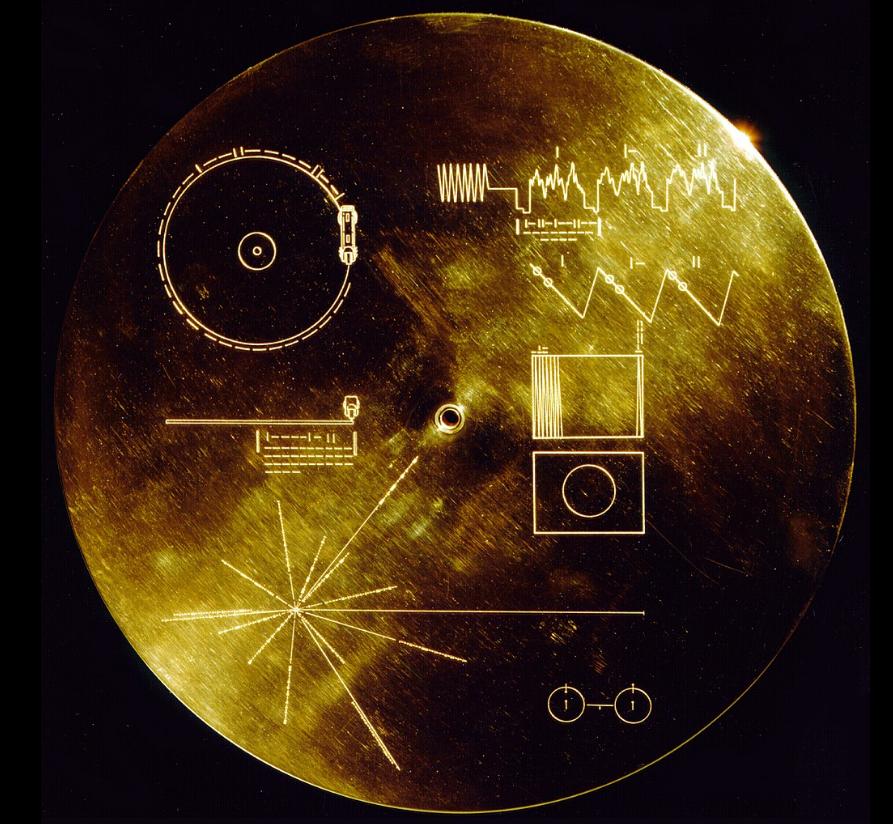I’ve received several PDF documents lately that would only open in Adobe’s Acrobat Reader without being asked for a password. In Acrobat Reader, the document is then usually ‘protected’ against printing, annotation and/or other things one does with a PDF. Unfortunately that doesn’t help me much because I won’t install the closed source Adobe Reader on my notebook. No way.
But here’s a quick fix: Files that Evince and Okular can’t open can still be viewed with the Firefox PDF viewer. Nice, but it’s still a major pain. So I spent some time to see if this annoyance could be removed. And indeed there is a simple solution:

